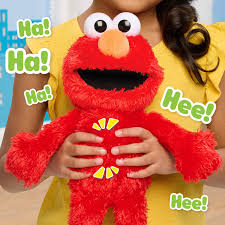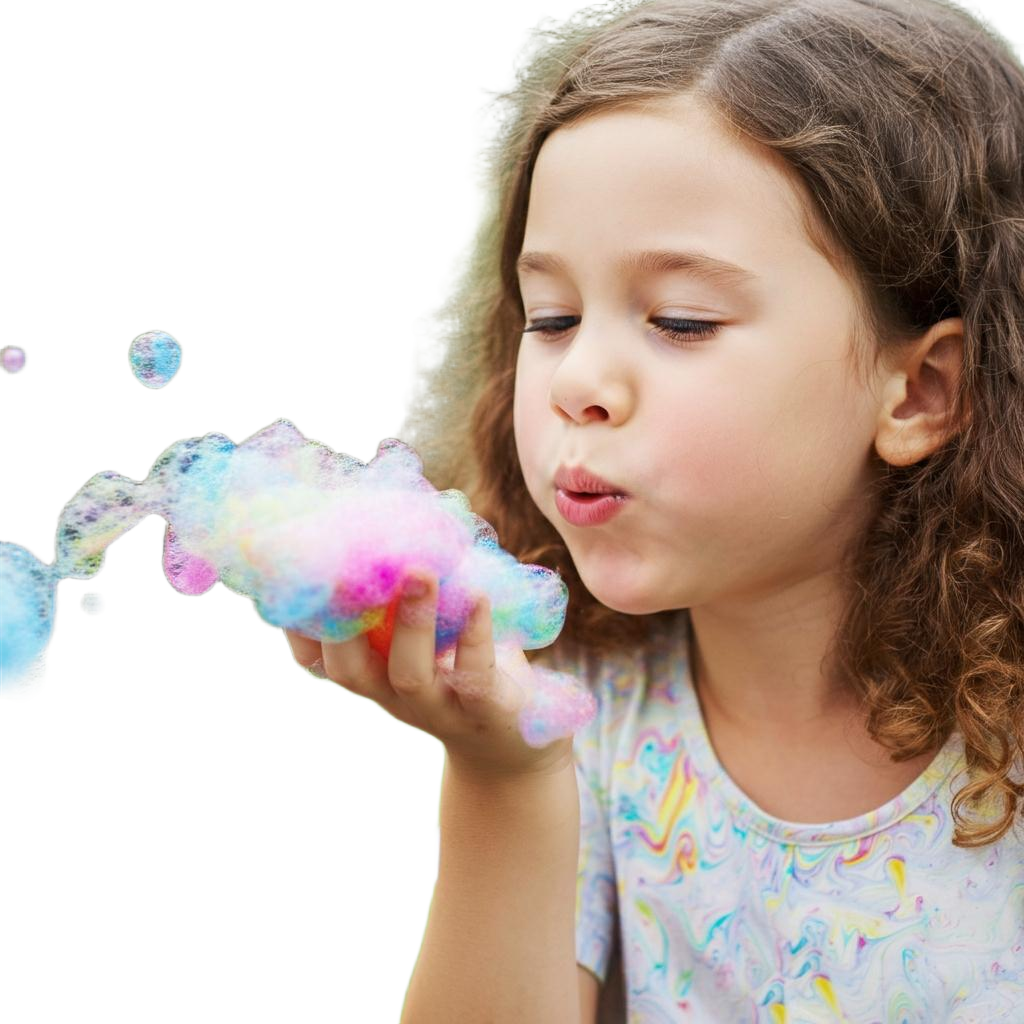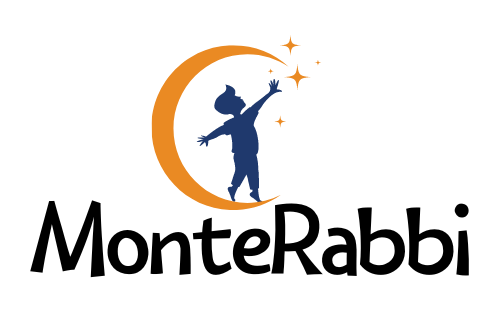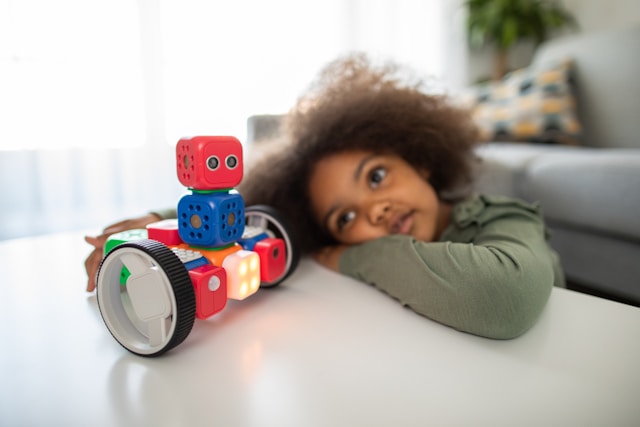Cause and effect toys are a great way to help your child learn how to communicate. They can be used in many different ways to encourage communication skills such as following directions, requesting items, or describing objects.
These toys help your child learn about their world by knowing that each action or word that they make has an effect. Due to their action, cause and effect toys can be used for speech therapy at home. You can also use them for kids with autism.
Related: Games to help late talkers talk
We have a variety of cause and effect toys that will work for any age group. From our popular “Tickle Me Elmo” toy to our newest addition “Bubbles” – there is something here for everyone! These toys are also great because they can be used at home or in therapy sessions. So whether you’re looking for an easy solution or just want some new ideas on how to play with your child- these cause and effect toys will do the trick!
Cause and effect using locally available items
There are so many different ways to play with cause and effect! The following is a short list of some activities that could be done at home or in the classroom:
– Hit an item off the table and watch it fall, making noise as it hits various surfaces. If there’s one word for this activity – its “thrilling!”
– Build towers out of common objects such as blocks. When they inevitably get knocked down make sure you have fun by reacting loudly. You can also do things like imitate kids who look shocked when their tower falls over, react accordingly if someone else knocks them down first too (put your hands on your chest) or even mimic other sounds related to what might happen.

Benefits of cause and effect toys
Toys that teach cause and effect can help children develop curiosity, attention, and intentional play. Cause-and-effect toys make it easy for a child to see the connection between their actions an what happens in response.
For instance if they shake or blow on something they will likely hear the sound of rattling beads or feel wind moving across them causing hair to move about as well.
The same principles apply when playing with balls through holes which causes them to fall down after being pushed up by hand into position above one’s head while balancing precariously over another ball below before releasing downward pressure onto both at once so that gravity pulls everything back together again where all is right in your world once more – even without having done anything yourself!
Cause and effect toys would help your late talker realize that their actions or words have an effect in the real world. They therefore encourage them to express themselves if they are to see the intended actions in the world.
Cause and effect toys for your speech delayed child
- Tickle me elmo
Tickle me elmo is the perfect toy for speech therapy at home. It’s easy to use, it speaks when you squeeze it, and it can be used in so many different ways. You can even record your voice on the toy!

With Tickle me elmo, there are no limits to what you can do with your child during speech therapy sessions. There are lots of fun games that will make learning more enjoyable for both of you! Plus, this toy has been proven effective in helping kids learn how to speak better than any other device out there today.
- Bubbles
Let’s be honest; speech therapy is a difficult process for children. It can be hard to maintain eye contact, and it can be frustrating when they don’t understand what you are saying.
Bubbles in speech therapy help with these problems by promoting concentration and maintaining eye contact. They also help the child feel more comfortable during sessions because bubbles are fun!

You want your child to have an enjoyable experience at speech therapy, so why not try this new technique? Your child will love blowing bubbles while they work on their communication skills. Give it a shot today!
The cause and effect toys for speech therapy at home can be a fun way to encourage your child’s language development. To find the perfect toy, consider what they want (action) based on how you would react (effect). For example, if they are playing with a ball in the living room, you might say “you tossed the red ball up into the air” or “the ball went flying as soon as it left your hand!”


